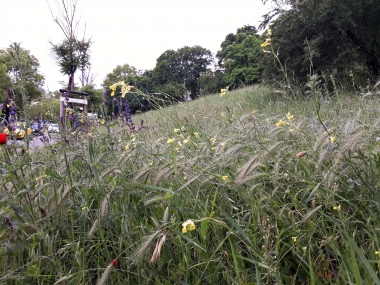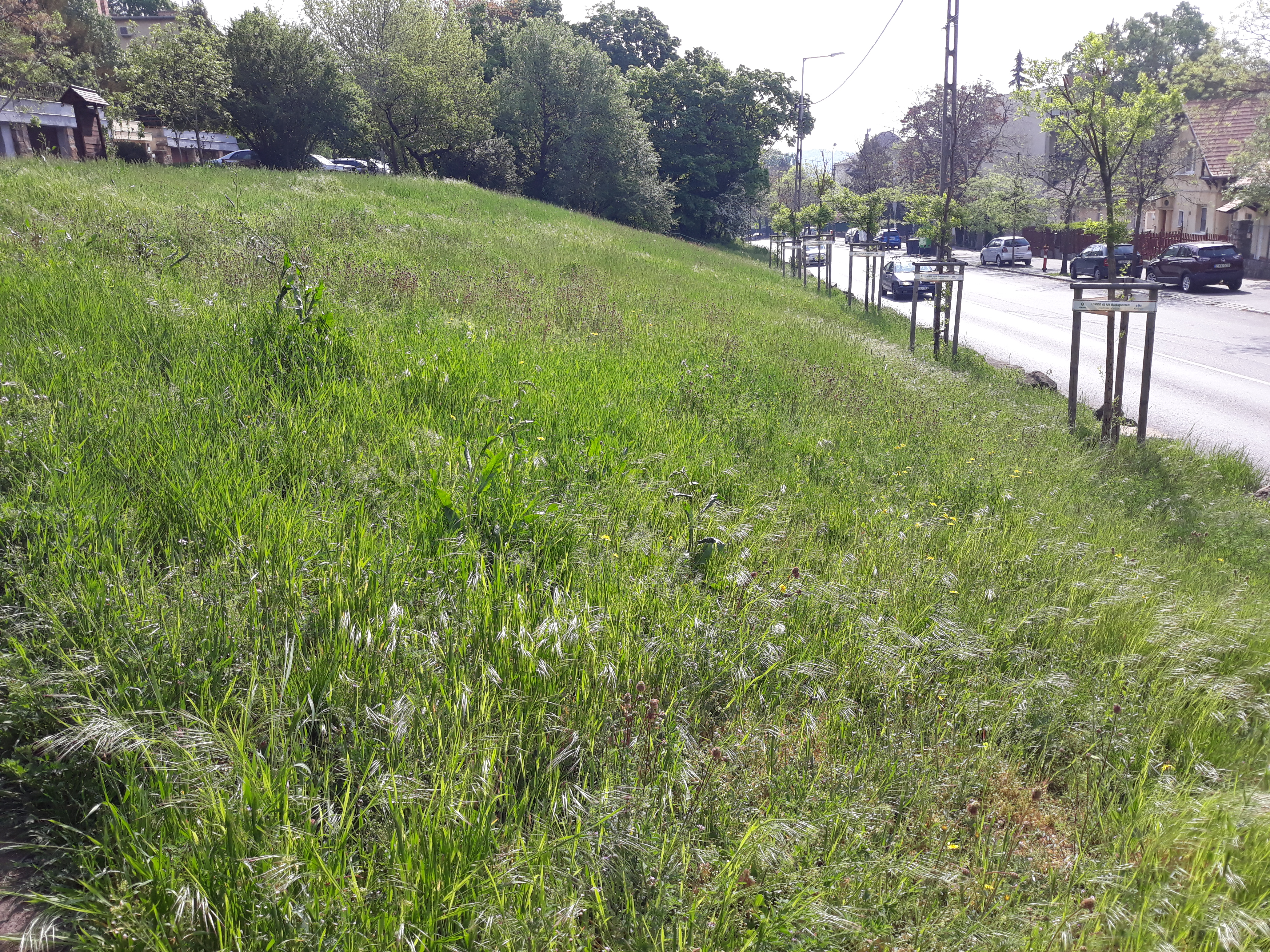Bees and pollination are important factors for biodiversity as well as for the economy
Edited on
11 December 2019Without bees 75% of our food plants would not yield any fruits at all, there would be a major economy lost in crop production, wildflowers would not ripen seeds and biodiversity would drastically decrease. Lately numerous great initiatives started to protect bees and their pollinator counterparts – they deserve our support as they also help us. One of these kinds of actions arose at our project partner Hegyvidék (Budapest, Hungary).

![]()
Read the article in any of the other 6 languages:
![]() Download Article on Biodiversity_ GR (690.61 KB)
Download Article on Biodiversity_ GR (690.61 KB)![]() Download Article on Biodiversity_HU (247.05 KB)
Download Article on Biodiversity_HU (247.05 KB)![]() Download Article on Biodiversity_IT (249.52 KB)
Download Article on Biodiversity_IT (249.52 KB)![]() Download Article on Biodiversity_PT (279.35 KB)
Download Article on Biodiversity_PT (279.35 KB)![]() Download Article on Biodiversity_PL (198.15 KB)
Download Article on Biodiversity_PL (198.15 KB)![]() Download Article on Biodiversity_SI (247.37 KB)
Download Article on Biodiversity_SI (247.37 KB)
![]()
Honey is a wonderfully tasty and healthy food. However, bees have a more important activity: the pollination of flowers. Without pollination by bees (or other insects), 75% of our food plants would not yield any fruits at all. Common trees in our orchard gardens like apples, pears, cherries, plums, peaches, apricots, oranges, lemons and others; but also, vegetables like peas, beans, tomatos, paprikas, cucumbers, pumpkins etc. each requires pollination. According to a study from England, if there were no pollinating insects it would cause about 500 million GBP loss per year for the U.K. crop production. Although the role of honey bees in pollination is crucial they share the task with other insects that are flying from flower to flower in order to collect or just consume the nectar. Among them, wild bees, bumblebees, butterflies, moths, bee flies, flower beetles are the most known groups. Less known fact, that beside the existence of the pollinator insects, their numerosity or occurrence is an important factor too, because it was evidenced that those flowers which were visited more frequently by bees, produced bigger and more regular shaped fruits. This can be best observed in the case of our fruit trees, but it seems true for the emergence of the wild plants’ fruits as well.
Bees and the kind of pollinators listed previously are not only responsible for pollinating the economically beneficial plants, but they are the ones who fulfil the insemination of thousands of insect-pollinated plants that are essential components of the vegetation. Without these pollinator insects, these wildflowers could not ripen seeds, which would threaten their survival in the long run.
 The wane of insect-pollinated plants would be followed by the spread of wind pollinated species undoubtedly. This ultimately would lead to a decrease in biodiversity, and thus the weakening of the natural ecosystems. Moreover, the overgrowth of wind-pollinated plants would mean a significant increase of pollen concentration, because these plants release very high number of pollen grains to the air thus ensuring transportation of their pollen to the conspecifics’ flowers with the help of air movements. So it’s obvious now, that bees and other pollinator insects have a major role not just in the field of economically beneficial plants, but in maintaining the stability of the biosphere as a whole. Numerous great initiatives started lately to protect bees and their pollinator counterparts – because they also help us and it deserves a return. One of these kinds of actions at Hegyvidék aims to create a bee pasture on a meadow, which is wedged in the city’s densely built part, and used to be cut short regularly. Only two reapings are planned for every year, thus ensuring the plants to get to the phase of bloom and seed-growing. Beside that the dissemination of indigenous melliferous wildflower seeds helps increase the richness of the plant species. Currently the experiment takes place in a fairly small area, but if the method works all right, the bee and butterfly pastures can show up in gardens of individual citizens and apartment houses as well.
The wane of insect-pollinated plants would be followed by the spread of wind pollinated species undoubtedly. This ultimately would lead to a decrease in biodiversity, and thus the weakening of the natural ecosystems. Moreover, the overgrowth of wind-pollinated plants would mean a significant increase of pollen concentration, because these plants release very high number of pollen grains to the air thus ensuring transportation of their pollen to the conspecifics’ flowers with the help of air movements. So it’s obvious now, that bees and other pollinator insects have a major role not just in the field of economically beneficial plants, but in maintaining the stability of the biosphere as a whole. Numerous great initiatives started lately to protect bees and their pollinator counterparts – because they also help us and it deserves a return. One of these kinds of actions at Hegyvidék aims to create a bee pasture on a meadow, which is wedged in the city’s densely built part, and used to be cut short regularly. Only two reapings are planned for every year, thus ensuring the plants to get to the phase of bloom and seed-growing. Beside that the dissemination of indigenous melliferous wildflower seeds helps increase the richness of the plant species. Currently the experiment takes place in a fairly small area, but if the method works all right, the bee and butterfly pastures can show up in gardens of individual citizens and apartment houses as well.
Author: dr Péter Csontos, Botanist
 Submitted by v.erhart on
Submitted by v.erhart on
